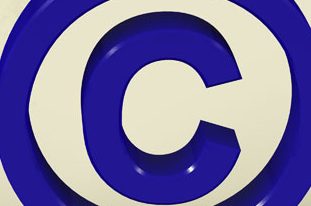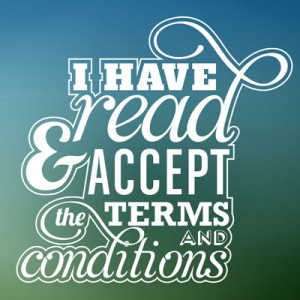
Social media copyright issues have become a hot topic in recent months. Nearly everyone has shared something on social media that was copyrighted by someone else. But what is fair to use on social media and what infringes on the rights of the copyright holder?
Is it fair use or infringement?
If you do not get a license from the copyright holder then the only way to use the content is through something called “fair use”.
What is fair use?
Generally, fair use covers any copyrighted material that was shared with a “transformative” purpose. This might constitute a comment, criticism, or parody accompanying material. Such sharing can take place without permission from the copyright owner.
Categories of Fair Use
- Commentary and Criticism – Commenting upon or critiquing copyrighted material. Examples include online reviews, news reports, education courses, or court case.
- Parody – A parody takes copyrighted material and ridicules it in a comedic way.
Fair Use Checklist
Not sure if you’re allowed to share something under “fair use”? Run it through this checklist to be sure before you post.
☐ Purpose and Nature of Use
The use of copyrighted material must be “transformative”. This means you took the time to add new meaning or value to the copyrighted material with new information, aesthetics, insights, or understandings.
Example of Fair Use: Google images – All Google images are copyrighted by the owner. Google’s use is considered “transformative” because it displays pictures in a different way, for a new purpose.
Example of Fair Use: Scary Movie Series – This movie series is a parody which borrows copyrighted material in order to ridicule it. Producers added value using new information, aesthetics, insights, and understandings.
Example of Infringement: Posting a copyrighted image on social media is for aesthetic or entertainment purposes. This is likely NOT a different use than the copyright holder intended and does not transform the work.
☐ Nature of the Work
Using copyrighted information has more leeway in fair use than copyrighted creative works. Also, there is more leeway in using published work rather than unpublished work.
☐ Amount and Substantiality of the Portion Used
Less is more. Meaning the less you use of the copyrighted material the more likely it will be considered fair use.
Exception: Using the most memorable (although small) part of a copyrighted work, such as the opening riff of “Sweet Child O’ Mine” by Guns N’ Roses.
Exception: Parodies – Quite a bit of a copyrighted material, even the heart of the material, can be used for parody. The Supreme Court acknowledges that “the heart is also what most readily conjures up the [original] for parody, and it is the heart at which parody takes aim,” as decided in Campbell v. Acuff-Rose Music,510 U.S. 569 (1994)
☐ Effect of Use Upon Market or Value
If you deprive the copyright holder income or undermine copyrighted work that could have potential market it is not fair use and you are most likely looking at a lawsuit. This holds true even if you are not using the copyrighted work directly.
Example of Infringement: An artist used a copyrighted photo to produce wood sculptures and earned a lot of money selling them. Even though the photographer did not plan on make sculptures it was considered a potential market and the court ruled in favor of the photographer.
[alertbox color=”blue”]MYTH
If you list a source, using copyrighted material is permissible.[/alertbox]
This is probably the most popular myth about copyrighted material. Even if you list your source, using copyrighted work without permission is still an infringement, especially if you are making income from it.
☐ Check Original Source
Sometimes the original source will have copyright notices. If you are unsure, be safe and obtain a license from the copyright holder.
 ☐ Check Social Media Terms and Conditions
☐ Check Social Media Terms and Conditions
When someone posts original work on social media, you should check the authorization to re-post, re-tweet, or re-pin that content. Read our blog article Social Media Content Rights for more detail.
Example: Pinterest’s term of service states that if a user posts content on Pinterest they are providing a license to all other users to use that content on Pinterest.
☐ Post a link instead of content
On social media, post a link to the original source of the material instead of the material itself. While this is still infringement, the chances of a complaint are much lower (especially since everyone does it). This does support a fair use defense.
☐ Keep Sharing Within Network
When you find content on social media you want to share, keep it within that network. Always read the terms and services before sharing.
[alertbox color=”blue”]
MYTH
Content posted on social media is fair game.
[/alertbox]
Some may think that if the content is on social media then it is fair game to use. This is not the case – the copyright still belongs to the copyright holder.
 You can be held at fault for posting copyrighted material or even sharing something someone else posted that was copyrighted. This seems to happen so frequently on social media that the chances of litigation are low, but it’s still a risk.
You can be held at fault for posting copyrighted material or even sharing something someone else posted that was copyrighted. This seems to happen so frequently on social media that the chances of litigation are low, but it’s still a risk.
U.S. Copyright Office Fair Use contains comprehensive information if you’d like additional information.




